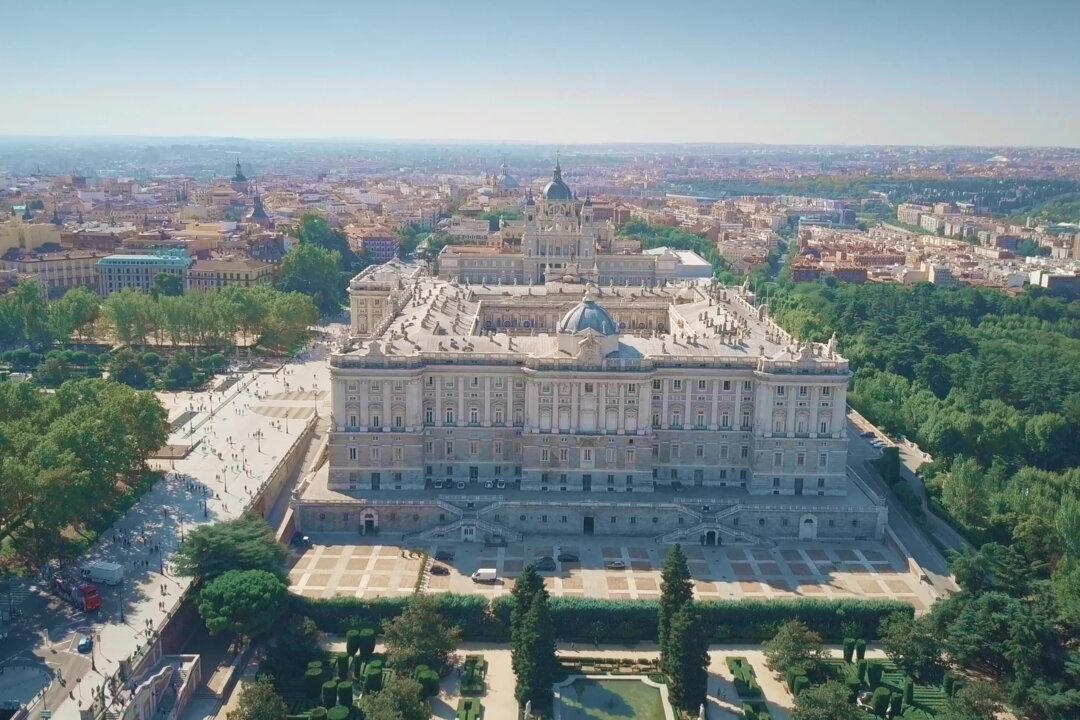Originally designed as a site for court festivities, the 18th-century Zwinger complex now houses three museums. A hub of history, art, and culture, the elegant complex is one of the best examples of Baroque architecture in Germany, built during the reign of Augustus II, former king of Poland and elector of Saxony.
The Zwinger, also known as the Zwinger Palace, originated in 1709 after Augustus II visited the Versailles Palace. Inspired by its beauty and grandeur, Augustus commissioned architect Matthäus Daniel Pöppelmann and sculptor Balthasar Permoser to bring his vision to life, in his hometown of Dresden. Based on the plans of Augustus himself, Pöppelmann designed six large Baroque pavilions connected by ornate galleries to encircle a large courtyard made up of gardens and an orangery.






